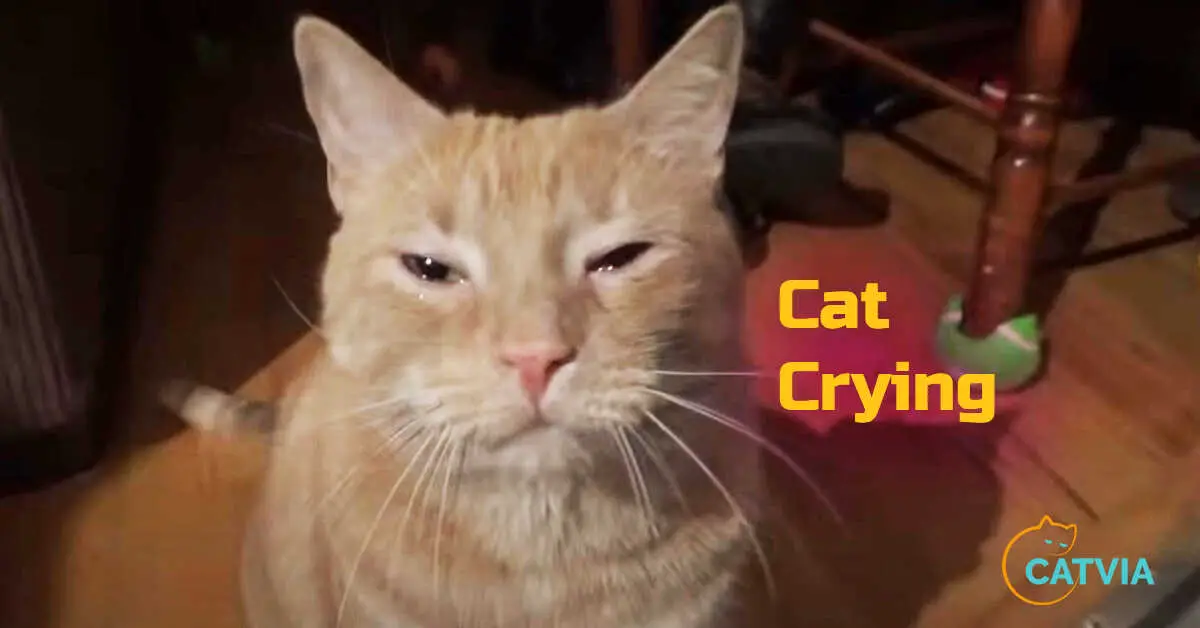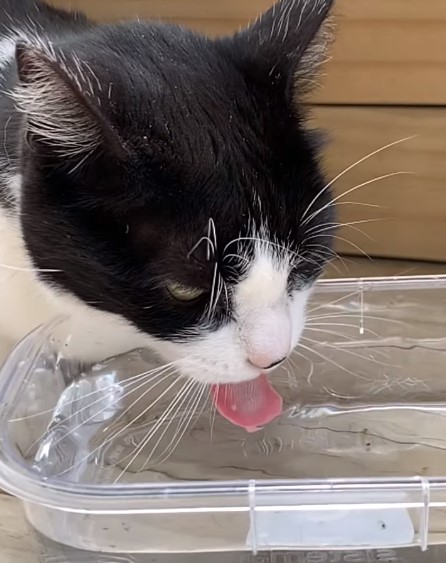Your indoor cat could have gotten a cold a few different ways. If you have other pets, they may have brought the virus in on their fur. You may have also tracked it in yourself on your clothing without realizing it.
Once the virus is inside, it can spread quickly if your cat is not up to date on their vaccinations. Symptoms of cold in cats include sneezing, runny nose, and fever. If you think your cat has a cold, take them to the vet for treatment.
How Do Indoor Cats Get Cold?
There are a few ways that cats can contract colds, just as humans do.
One way is by coming in contact with another cat who is already sick. This can happen when they share food or water bowls, groom each other, or simply spend time close to each other.
Another way is through exposure to viruses in the environment, such as those that cause the common cold in humans. These can be found in places like shelters, where there are many cats living in close quarters.
And finally, some cats may be born with a predisposition to respiratory infections due to things like congenital defects or poor immune function.
If your cat does happen to catch a cold, you’ll likely notice some signs such as sneezing, runny nose, congestion, and fever. Just like with humans, it’s best to let them rest and drink plenty of fluids while they recover.
Do Cat Colds Go Away on Their Own?
Yes, cat colds typically go away on their own within a week or two. However, it is important to keep an eye on your cat during this time and make sure they are staying hydrated and eating properly.
If you notice any worsening symptoms, such as difficulty breathing, please contact your veterinarian immediately.
How Does a House Cat Get Sick?
There are many ways that house cats can get sick. Some common illnesses include upper respiratory infections, gastrointestinal problems, and feline leukemia. Upper respiratory infections are the most common type of illness in cats.
These can be caused by viruses or bacteria, and sometimes both. Symptoms include sneezing, runny nose, congestion, and fever. Cats with upper respiratory infections may also have eye discharge and appetite loss.
Gastrointestinal problems are another common type of illness in cats.
What Do I Do If My Cat Gets a Cold?
If your cat gets a cold, there are a few things you can do to help them feel better. First, make sure they have plenty of water to drink. You can also give them some chicken broth or canned tuna (in water) to help boost their appetite.
In addition, you’ll want to keep an eye on their breathing and make sure they’re not having any difficulty breathing. If they are, take them to the vet immediately.
Finally, try to keep them warm and comfortable – a warm blanket or heating pad placed under their bedding can help with this.
How to Treat Cat Colds at Home
Cats can suffer from colds just like humans, and while they usually recover on their own, there are things you can do at home to help your kitty feel better.
First, make sure your cat has a warm, comfortable place to rest. A heated bed or pad is ideal, but a blanket will do in a pinch.
You might also want to consider using a humidifier to help ease congestion.
Next, offer your cat plenty of fluids. Water is always the best choice, but you can also give them low-sodium chicken broth or plain Pedialyte (no sugar added).
Avoid milk and dairy products as they can actually make congestion worse. If your cat is having trouble breathing, you can try giving them steam treatments several times a day.
Boil some water and pour it into a bowl, then drape a towel over both your head and the bowl to trap the steam.
Lean over the bowl and let the steam waft over your face for 10-15 minutes at a time. Your cat should start to feel better after 3-5 days of treatment.
His professional interests include humane education, ethics, small animal behavior, and veterinary. As a pet lover from school life, having grown up with two cats and a dog. If he isn’t spending time with his friends and family, Justin enjoys traveling. Learn more about Justin here.


